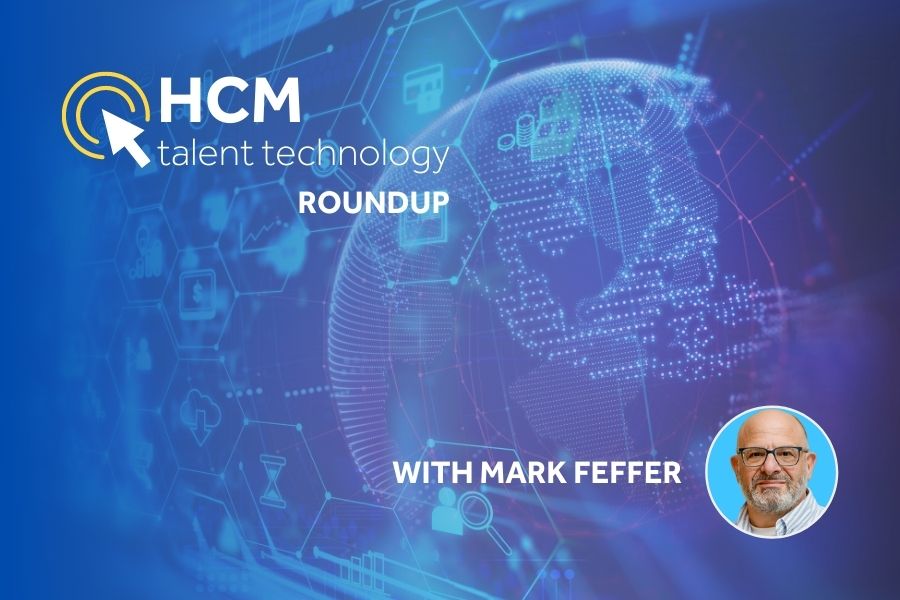More data that indicates employers actively consider their current workers as candidates for open positions.
In its first State of Internal Recruiting Report, SmartRecruiters said enterprise employers continue to face significant challenges in terms of implementing and scaling recruiting programs, even though internal mobility has for some time been seen as a top-performing source of hire.
“Employers are finally starting to realize that it’s increasingly likely that their next hire is actually already working for them, said SmartRecruiters CEO Jerome Ternyck. “If you can’t provide your best people with meaningful career opportunities, then your competitors will.”
Among the report’s key findings:
- Despite the competitive market for top talent, over 40% of respondents have yet to develop or implement a formal internal recruiting strategy. While most employers plan on increasing their talent acquisition budgets in 2021, less than 10% have allocated dedicated recruiting resources or spend at all, and less than 2% plan to increase talent mobility spend within their global recruiting organizations in the next 12 months.
- Internal recruiting and retention are directly linked. Fully three-quarters of employees who are promoted will stay with their company for at least three years, SmartRecruiters said. The same is true for 62% of workers who make lateral moves. Simply switching or altering roles or responsibilities, even without a raise or change in title, increases the likelihood of high potential workers and top performers staying on board by over 20%.
- Less than 5% of recruiting dollars are spent on internal recruiting, but internal mobility accounts for around 40% of all hires made. In addition, companies save $6,000 per hire, on average, when they fill a job with an existing employee as opposed to recruiting an external candidate.
“Data shows that if you post a job, there’s around a 1 in 200 chance that you’re going to hire an external applicant,” said Matt Charney, SmartRecruiters’ director of customer experience and thought leadership. “For existing employees, that number is around one in five, despite the fact most employers we surveyed responded that they do nothing to recruit internal talent.”
That, he added, represents “a critical opportunity for employers,” because even small things will have a big impact across the employee lifecycle, in addition to hiring.
Authors
Mark Feffer
Mark Feffer is executive editor of RecruitingDaily and the HCM Technology Report. He’s written for TechTarget, HR Magazine, SHRM, Dice Insights, TLNT.com and TalentCulture, as well as Dow Jones, Bloomberg and Staffing Industry Analysts. He likes schnauzers, sailing and Kentucky-distilled beverages.
Recruit Smarter
Weekly news and industry insights delivered straight to your inbox.







Discussion
Please log in to post comments.
Login